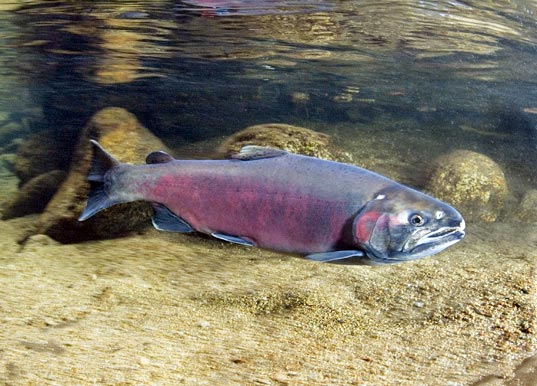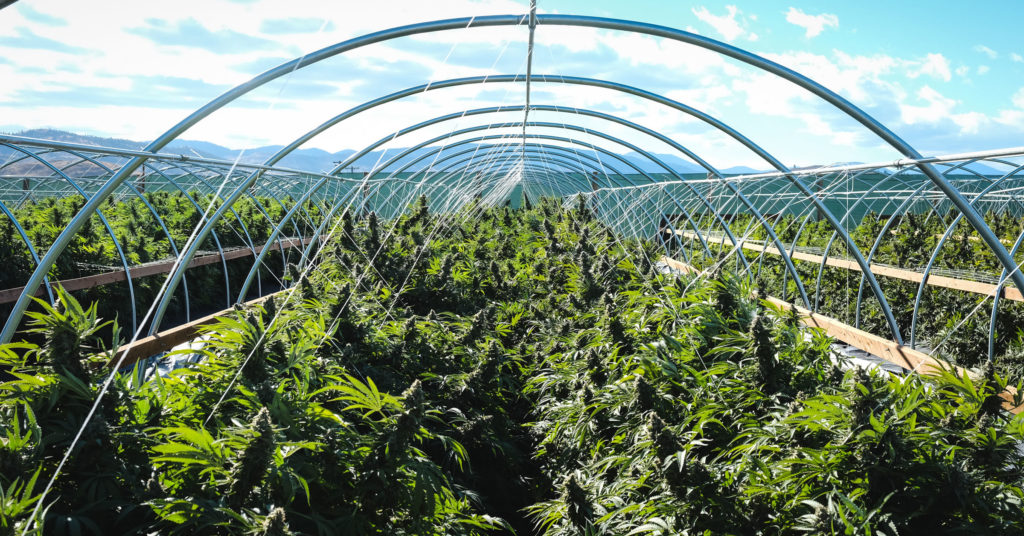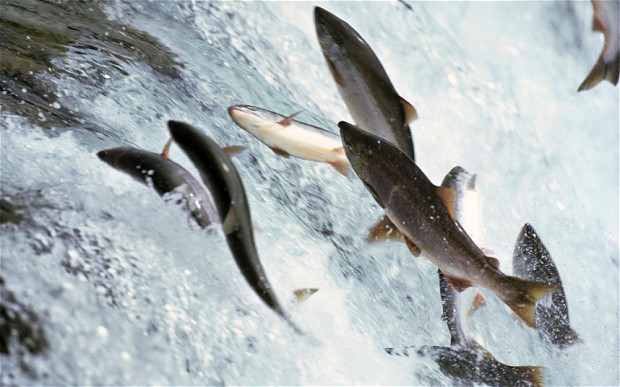California has been stuck in a terrible drought for the past five years and it doesn’t look like it’s coming to an end anytime soon.

Photo courtesy of inhabitat.com
With crop yields as low as 66 percent, it’s not fair that some illegal farms are prospering. Recent studies have found the illegal marijuana farmers in Northern California have been diverging the surface water supply that supports the steelhead and salmon farms to grow marijuana.
Although marijuana has been cultivated in California since late 1990, it has only recently spiked in production due to the Compassionate Use Act of 1996. This law allows medical marijuana to be grown and used legally in the state of California. The discrepancy lies within the fact that there is “little distinction between plants grown for the black market and those grown for legitimate medical use.”

Photo courtesy of journals.plos.org
In the picture above, the red dots mark the outdoor plantings and the light blue represent marijuana greenhouses in the Salmon Creek and Redwood Creek Watershed. The study found that marijuana cultivation reduces the flow of one of the four watersheds by 23 percent. The diminished watersheds could have a lethal or sub-lethal effect on the cultivation of salmon and trout.

Photo courtesy of marijuanaventure.com
When the study was conducted, Scot Bauer, a biologist, visited 32 greenhouse marijuana farms during government raids and extrapolated his data to include other greenhouses in the area because “virtually nothing else in grown in greenhouses in this part of the country.”
He found, on average, that the greenhouses contained one marijuana plant per square meter with each plant requiring up to 6 gallons of water per day. Overall, there were about 112,000 plants in the area requiring 673,000 gallons of water per day.

Photo courtesy of telegraph.co.uk
According to NPR, this industry is not only using up a large supply of the river water, it’s also adding harmful chemicals and nutrients to the water. The chemicals deposited break down in the water, which is suffocating the fish.
If the illegal farms continue to expand, the salmon and trout population will come to an end soon.


